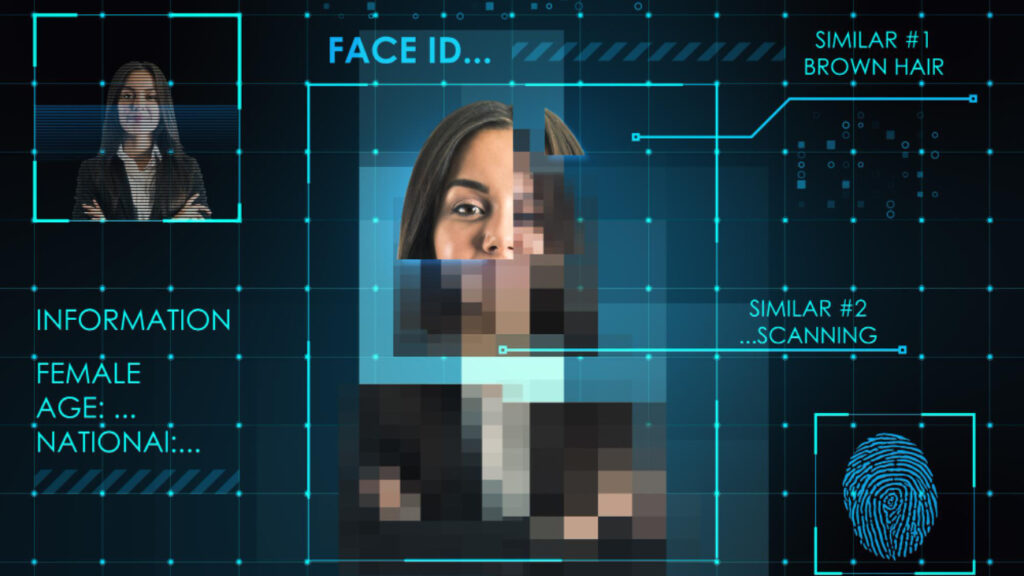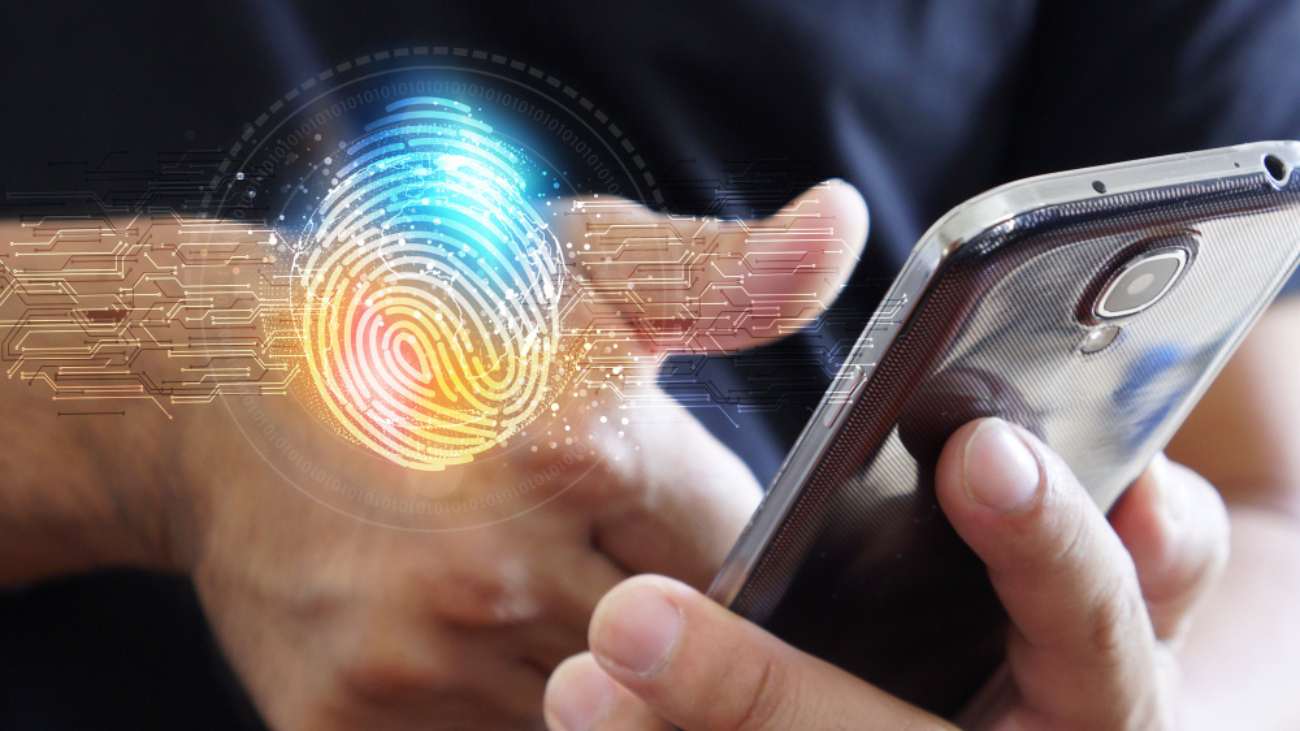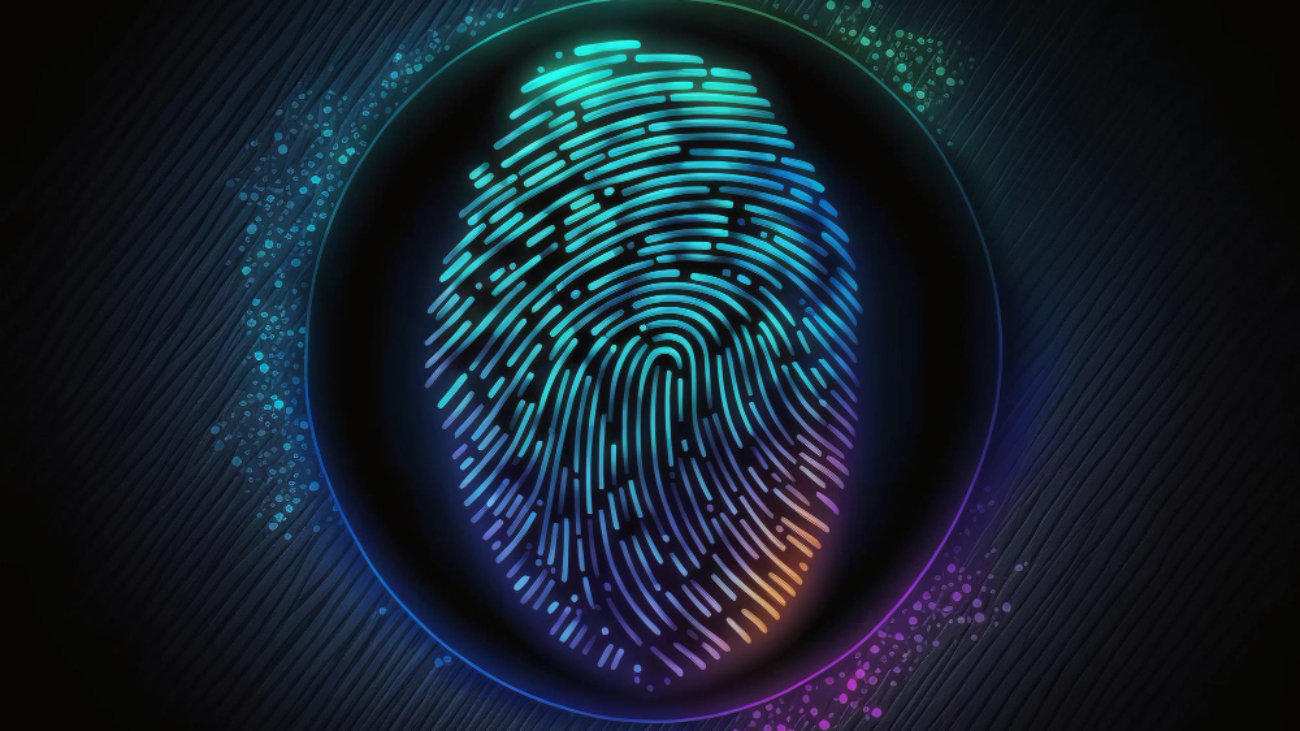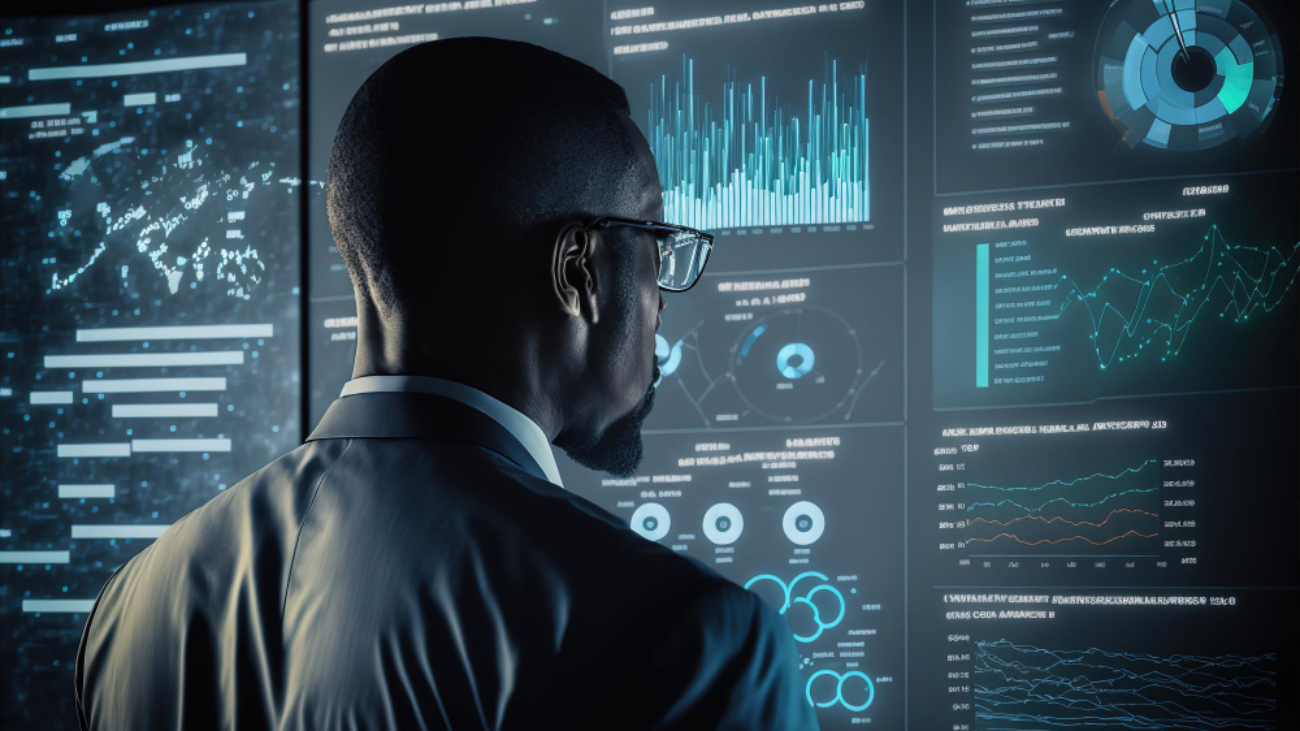Biometric technologies and law enforcement have had a long and close-linked relationship since the 1970s stated Bahaa Abdul Hadi.
Today, biometric fusion, also known as multibiometrics or multimodal biometrics has revolutionized the way we interact with information for many industries. Sporting an amalgamation of biometric information such as finger, facial and iris prints, multibiometrics is seeing mainstream acceptance in many sectors of national importance.
Law enforcement is at the forefront of avenues that have benefited massively from biometric tech, even on the international level. The last couple of decades have helped the world expand on the power and finesse of data-matching in to help law enforcement officials on their perilous journeys.
Superior Mode of Biometrics
Simply put, biometric fusion puts the user in touch with multiple and massive databases as it inspects various sources of biometrics at the same time. Computing voluminous amounts of data has never been easier for the law enforcement personnel. Cutting-edge mechanisms have changed the way forensic investigations are conducted with increased accuracy, express speed and refined imaging technologies.
Thanks to biometric fusion, we are now able to conduct searches with maximum probability of instantly bagging successful matches. For instance, facial recognition tech has been honed to an extent that it can confirm if a person is telling the truth.
Although the mechanisms cost a bit more than than the conventional and singular modes of biometric-based detection, governments around the world are increasingly investing in multimodal biometrics. Multibiometric systems show a promising future as verifying the identity of someone can make the difference between life and death in many cases. Middle Eastern governments are employing iris-based biometrics in public use. European nations are also paving the way for widespread use of voice biometrics in forensic examinations.
The Future of Digital Verification
From preventing crime to enforcing security and conducting holistic surveillance, the field of biometrics is evolving to meet the changing needs of modern society. Today, handy biometric instruments can assist police offers in snagging matches across multibiometric indexes on the go and helping officials across borders spend less time and effort in performing pertinent tasks. Its flexibility of usage both on the field and in offices has made it an unmatched area of biometrics-based tech that countries are turning to.
Multimodal biometrics are becoming a commonality, used everywhere from airports to government buildings. Even though there’s little controversy surrounding the human rights angle of biometrics like protection of personal data and racism in facial detection software, the advantages of biometrics exceed the cons.
Thank you for your interest in Bahaa Abdul Hadi blogs. For more information, please visit www.bahaaabdulhadi.com







